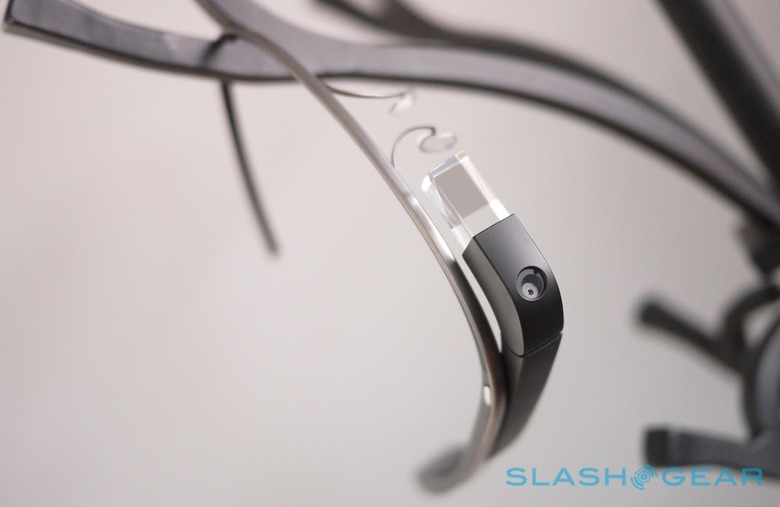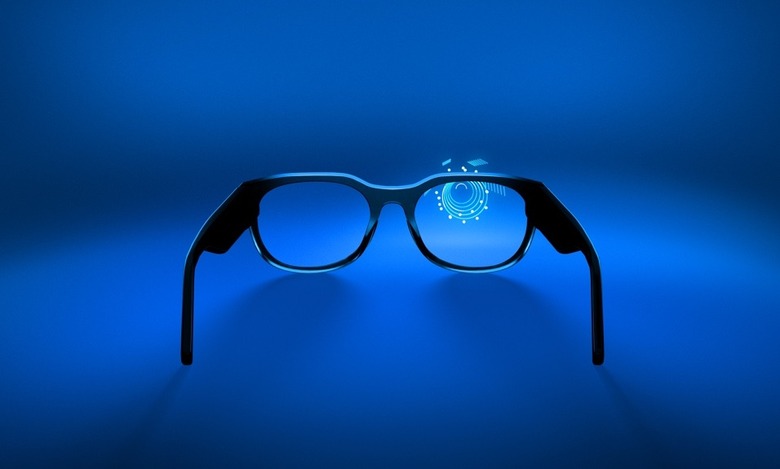North Focals 2.0 smart glasses could court controversy with a camera
Smart glasses company North's second-generation Focals 2.0 will have a camera, it's been confirmed, as details about the new digital eyewear trickle out ahead of their full release. Announced late in 2019, Focals 2.0 promise to be smaller, lighter, and more practical than the first-generation smart glasses, but the addition of a camera could be the most controversial element.
North has been playing Focals 2.0 details relatively close to its chest. The glasses will be lighter and sleeker, the company has promised, with "a new 10x improved retinal display" that will project things like notifications and alerts into the wearer's eyeline.
However the second-gen glasses will do more than that, North has teased. "We're moving beyond a heads-up display that offers instant access to your digital life toward a future where computing moves into the world around us," the company promises, seemingly hinting at a more augmented reality style of eyewear. They'll also have a broader range of prescription support, so that more potential wearers will be able to buy them.
What we didn't know was whether Focals 2.0 would have a camera, something that North co-founder Stephen Lake has seemingly settled on Twitter today. He shared a video apparently filmed using his Focals 2.0, though no other details about things like resolution.
It's fair to say that cameras in wearables have proved divisive. While the consumer version of Google Glass wasn't short on problems, the fact that it had an embedded video camera was arguably the biggest contributing factor to its failure. Google's vision was of first-person social sharing, but instead it found itself in a privacy nightmare.
Wearers were branded "glassholes," the fact that there were minimal indicators that they might be recording video or taking photos leading to accusations that Glass could be used to surreptitiously record people without their consent. Venues banned the wearable – even though only a relative handful of people actually owned the expensive first-generation headset – and privacy advocates slammed Google for its hardware decisions.

The reality was that Glass was a pretty underwhelming tool for someone looking to sneak footage of someone. For a start, the headset was hardly subtle, even when mounted on a pair of prescription frames. A skillfully handled smartphone would be far easier to wield if creep-shots were the goal, not to mention deliver better quality results.
Still, it was enough of a contributing factor that Google ditched consumer Glass plans and focused instead on enterprise versions. Since then, we've not really seen much focus on cameras in smart glasses, possibly because companies have been loathe to find themselves in the same position that Google did. With augmented reality expected to be the killer app, though, it's hard to see how the argument will be avoided forever.

AR relies on mapping the world and then integrating digital graphics into it, and for that your smart glasses need to see what's around you. Now, North's Lake isn't making any promises about what Focals 2.0 will be able to do with its cameras. At the moment it's just a single shared clip, and there's no telling what else the wearable will be able to do with that video.
Still, it adds a new dimension to the Focals 2.0 launch, which is expected later this year. Being able to capture hands-free video is undoubtedly a useful ability, but doing that in a way which is mindful of privacy requirements is also important. Just as much as we're curious about Focals 2.0 hardware and software, how it'll manage to avoid the path that Glass found itself on is equally intriguing.
